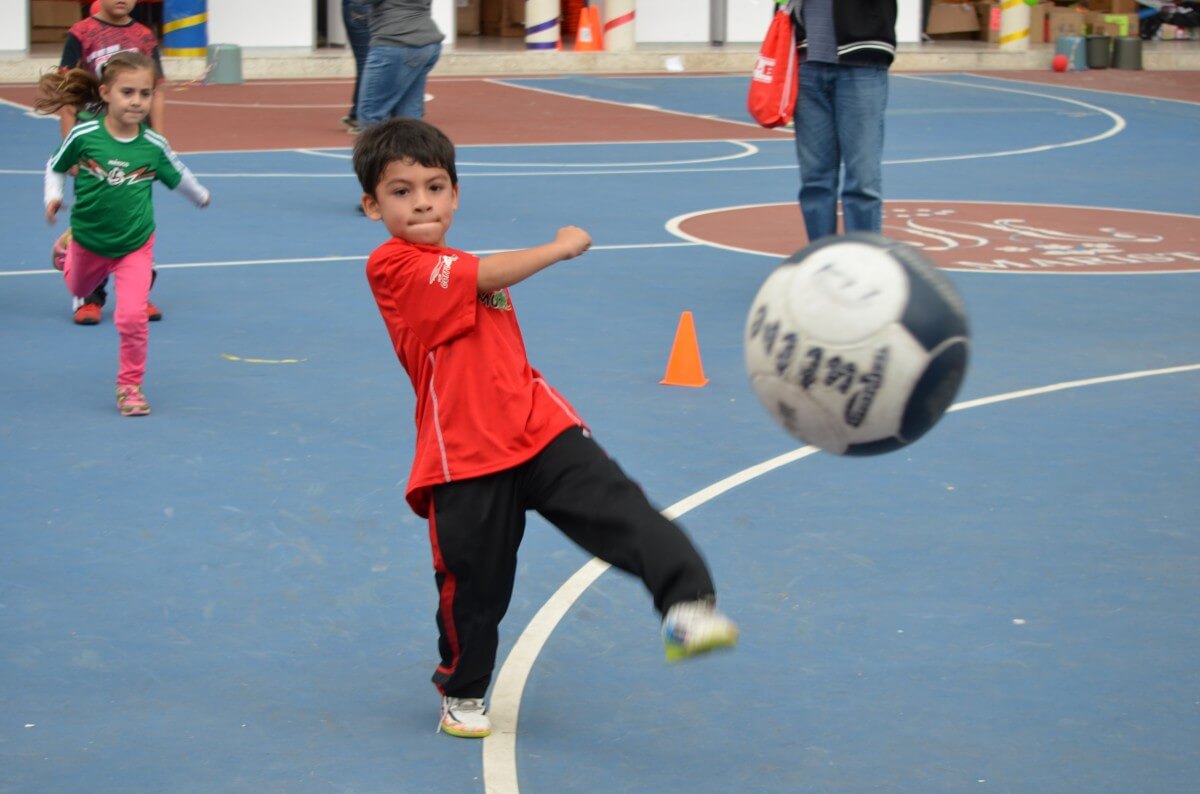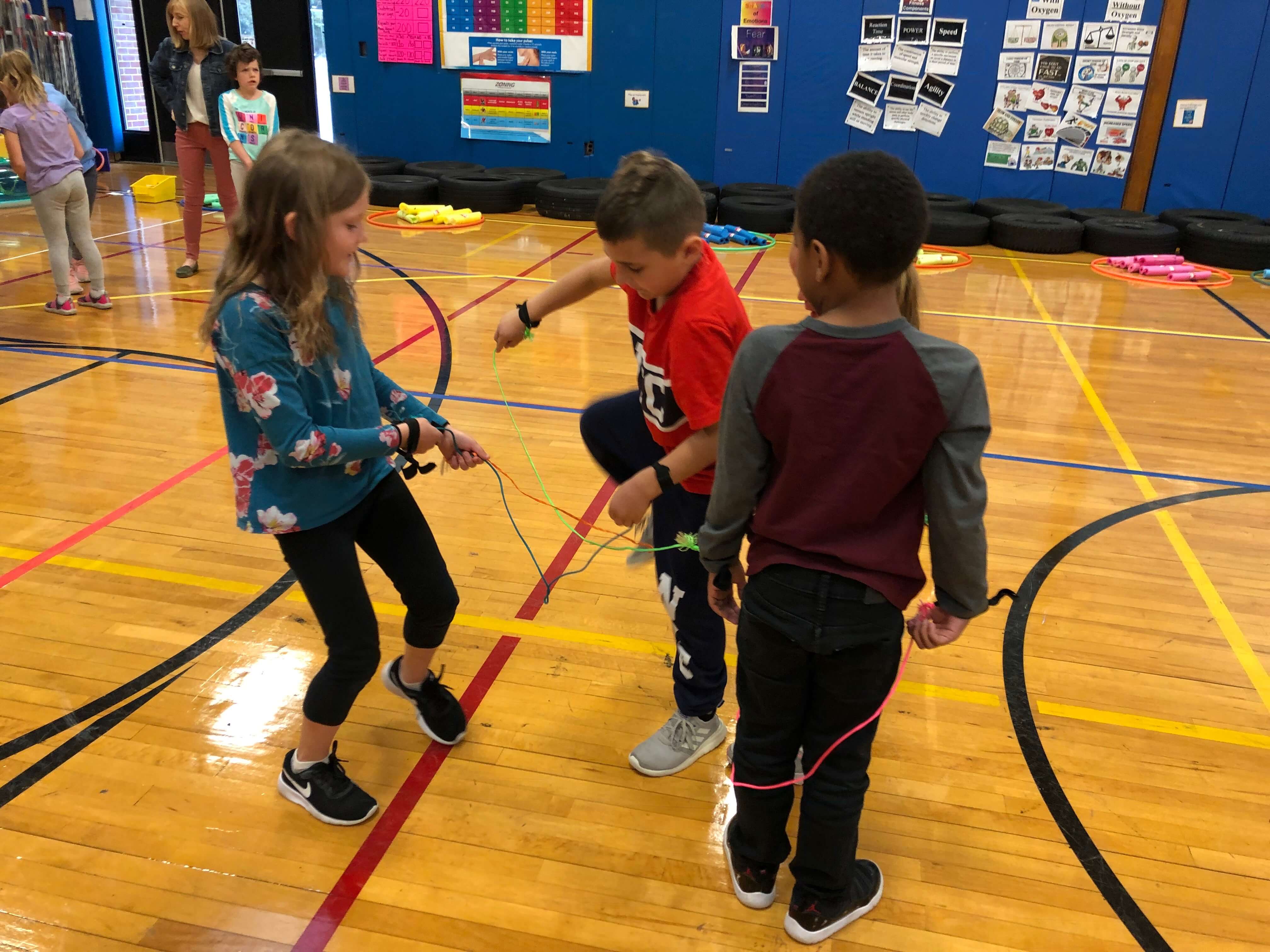
Attention deficit hyperactivity disorder (ADHD) is a childhood-onset neurodevelopmental disorder characterized by developmentally inappropriate and impairing inattention, motor hyperactivity, and impulsivity, with difficulties often continuing into adulthood (Thapar et al., 2016). ADHD is pervasive and developmentally inappropriate difficulties with attention, impulsivity, and hyperactivity (American Psychiatric Association, 2000). Symptoms cause significant impairments at home and in school and are associated with a number of behavioral difficulties such as aggression and noncompliance (Barkley, 2006). Research also suggests that children with ADHD are more likely than typically developing classmates to be rejected socially and to have greater difficulties with their peers (Hinshaw, 2002).
ADHD is diagnosed when an individual has chronic and serious inattentiveness, hyperactivity, and/or impulsivity that are present in multiple settings and give rise to social difficulties (Hallahan et al., 2012). Students with ADHD can be diagnosed as the predominantly inattentive type, predominantly hyperactive-impulsive type, or combined type. Between 3% and 7% of the school-age population has been diagnosed with ADHD, and it is identified more frequently in boys than in girls. Researchers state that problems with neurological dysfunction can be observed in the classroom through diminished self-regulation and/or executive control abilities, such as the inability to wait for one’s turn, refrain from interrupting conversations, follow rules and instructions, and control emotions and impulsive responses (Hallahan et al.).

Physical education class contains vast benefits for those who suffer from ADHD. Exercise helps students to cope more effectively with stress, have a more positive identity, and have clearer thoughts and improved memory (Akande et al., 2000). Exercise can increase mental performance in the parts of the brain involved in memory, attention, spatial perception, language, and emotion (Olsen, 1994), and there are indications that movement can strengthen learning and memory, as well as boost motivation and morale (Jensen, 2005). Other evidence indicates that exercise activities used throughout the day can help improve academic performance and can reduce disruptive classroom and social behavior problems (Barkley, 2004).
In order for ADHD students to effectively benefit from physical education and exercise, the content must be presented in a way that is palatable for those with special needs. Conventional approaches, where the instructor introduces a task and has students practice for lengthy periods of time, may be ineffective. The key to actively engaging ADHD participants is to have a toolbox of approaches and the flexibility to utilize them. These will include collaborative partnerships and the need to implement various behavior management practices and specific academic learning strategies (Mulrine et al., 2014).

Developing positive partnerships among school professionals through collaboration can increase the likelihood of treatment success (DuPaul et al., 2003). Collaborative consultation involves an equal partnership between two partners (e.g., school psychologist and classroom teacher) to define a problem and develop interventions. This model is in contrast to the traditional, expert model of consultation where a school psychologist prescribes interventions based on teacher input (Erchul et al., 2002). Several studies have demonstrated that collaborative consultation leads to effective academic interventions for the majority of students with ADHD (DuPaul et al., 2006). The most effective outcomes are found when teachers take the lead during the problem identification stage of the collaborative relationship and consultants lead when strategies to address problems are discussed and designed (Erchul et al., 2007; Erchul et al., 2009). In most collaborative consultation relationships, teachers are the experts regarding their classroom, curriculum, and the target student’s difficulties, while the consultant typically is the expert regarding empirically supported interventions to address student difficulties. The most successful outcomes occur when there is reciprocal recognition of these complementary areas of expertise (DePaul et al., 2011).

Behavioral interventions involve modifications to the environment that directly address the impairment. A variety of antecedent-based interventions has been used to try to prevent inattentive and disruptive behaviors from occurring. Antecedents are events that precede and may trigger the occurrence of a specific behavior. First, teachers can post and strategically review classroom rules (DuPaul et al., 2006). Rules should be few in number, phrased in a positive manner (i.e., tell students what to do, not just the behaviors to avoid), and posted in full view of all students. Rules should be clearly explained at the beginning and periodically throughout the year. Further, teachers should frequently praise students who are following the classroom rules. Children with ADHD may need to have rules posted in closer proximity (e.g., printed on an index card affixed to their desk) and should be provided with more frequent praise when following rules (Pfiffner et al., 2006).

Another antecedent-based strategy frequently recommended for students with ADHD is to reduce task demands by modifying the length and/or content of assignments (Dunlap et al., 1994; DuPaul et al., 2003). Reducing the length of an assignment to match students’ attention spans, may reduce off-task, disruptive behavior. This strategy is paired with teacher praise contingent on task completion. As students demonstrate success with shorter assignments, the length of assignments can be gradually increased, thereby shaping task-related behavior to match classroom norms.
A final example of an antecedent-based strategy is to provide students with task choices when given classwork assignments. Choice-making interventions allow students to choose among two or more concurrently presented options (e.g., assignments to complete, sequence of steps within an assignment, or partners for assigned activities). The various options should all lead to similar outcomes; for example, students could choose an assignment from a menu of possible assignments all of which involve the practice of the same specific academic skill. Dunlap et al. (1994) examined the effects of choice-making for several students with disruptive behavior disorders and ADHD. When students were provided with assignment choices, they showed higher rates of task engagement and lower frequency of disruptive behavior relative to class sessions when teachers chose the specific assignments (DuPaul et al., 2011).

There are a number of key learning strategies that can aid in the learning experiences of ADHD students, but the most inclusive for all students is the universal design for learning (UDL). The UDL is a set of principles for curriculum development that give all individuals equal opportunities to learn. There are three aspects of lesson planning for effective universal design to support various levels of underlying functional abilities. These modification areas are (1) equipment, (2) rules, and (3) instruction (Lieberman et al., 2008). Content can be delivered using multiple instructional approaches. Physical educators can apply approaches like station teaching, cooperative learning, and guided discovery as different methods to deliver their content. The shortness and the variety of the tasks presented can engage students for a longer period of time (Mulrine et al., 2014).

In cooperative learning, a task with a specific goal can be presented to the students and broken up into small groups. Consequently, the group has to work together to reach the goal established within the task. This interaction has the potential to keep all of the students focused on reaching the goal(s). Activities can include rotation of demonstrators, rotation of captains, help with assessments, taking attendance, managing equipment, and leading the warm-up and cool-down. During each lesson, the teacher can rotate the leadership roles. Another example of UDL is to consider the level of attention and self-responsibility of the student with ADHD. Variations for skill components can include the use of instructional assistants to cue and help students to stay on task, peer helpers, visual and written task directions, independent station work, or mini-games (Lieberman et al., 2008).
References
Akande, A., VanWyk, C., & Osagie, J. (2000). Importance of exercise and nutrition in the prevention of illness and the enhancement of health. Education, 120, 758-772.
American Psychiatric Association. (2000). Diagnostic and statistical manual of mental disorders (4th edition text revision). Washington D.C.: Author.
Barkley, R. (2004). Adolescents with attention-deficit/hyperactivity disorder: An overview of empirically based treatments. Journal of Psychiatric Practice, 10, 39-56.
Barkley, R. A. (2006). Attention-deficit hyperactivity disorder: A handbook for diagnosis and treatment (3rd ed.). New York: Guilford.
Dunlap, G., dePerczel, M., Clarke, S., Wilson, D., Wright , S., & White , R. (1994). Choice-making to promote adaptive behavior for students with emotional and behavioral challenges. Journal of Applied Behavior Analysis, 27, 505-518.
DuPaul, G. J., & Stoner, G. (2003). ADHD in the schools. New York: Guilford.
DuPaul, G. J., Jitendra, A. K., Vople, R. J., Tresco, K. F., Lutz, J. G., & Junod, R. E. (2006). Consultation-based academic interventions for children with ADHD: Effects on reading and mathematics achievement. Journal of Abnormal Child Psychology, 34, 635-648.
DuPaul, G. J., Weyandt, L. L., & Janusis, G. M. (2011). ADHD in the classroom: Effective intervention strategies. Theory Into Practice, 50; 1, 35-42.
DuPaul, G., & Weyandt, L. (2006). School-based interventions for children with attention deficit hyperactivity disorder: Effects on academic, social, and behavioral functioning. International Journal of Disability, Development, and Education, 53, 161-176.
Erchul, W. P., & Martens, B. (2002). School Consultation: Conceptual and empirical bases of practice (2nd ed.). New York: Kluwer Academic/Plenum.
Erchul, W. P., DuPaul, G. J., Bennett, M. S., Grissom, P. F., Jitendra, A. K., & Tresco, K. E. (2009). A follow-up study of relational processes and consultation outcomes for students with ADHD. School Psychology Review, 38, 28-37.
Erchul, W. P., DuPaul, G. J., Grissom, P. F., R., V. J., Jitendra, A. K., & Mannella, M. C. (2007). Relationships among relational communication processes and consultation outcomes for students with ADHD. School Psychology Review, 36, 111-129.
Hallahan, D., Kauffman, J., & Pullen, P. (2012). Exceptional learners: An introduction to special education (12th ed.). Boston: Pearson.
Hinshaw, S. P. (2002). Preadolescent girls with attention-deficit/hyperactivity disorder: Background characteristics, comorbidity, cognitive and social functioning, and parenting practices. Journal of Consulting and Clinical Psychology, 70, 1086-98.
Jensen, E. (2005). Teaching with the brain in mind (2nd ed.). Baltimore, MD: Association for Supervision and Curriculum Development.
Lieberman , L., Lytle, R., & Clarcq, J. (2008). Getting it right from the start: Employing the universal design for learning approach to your curriculum. Journal of Physical Education recreation and Dance, 79(2), 32-39.
Lieberman, L., Arndt, K., & Daggett, S. (2008). Promoting leadership in physical education and recreation. Journal of Physical Education, Recreation & Dance, 78(3), 46-50.
Mulrine, C. F., & Flores-Marti, I. (2014). Practical strategies for teaching students with attention-deficit hyperactivity disorder in general physical education classrooms. A Journal for Physical and Sport Educators, 27; 1, 26-31.
Olsen, E. (1994). Fit kids, smart kids. Parents Magazine, 69, 33-35.
Pfiffner, L., Barkley, R., & DuPaul, G. (2006). Treatment of ADHD in school settings. In R. A. (Ed.), Attention-deficit hyperactivity disorder: A handbook for diagnosis and treatment (3rd ed.) (pp. pp. 547-589). New York: Guilford.
Thapar, A., & Cooper, M. (2016). Attention deficit hyperactivity disorder. The Lancet, 387, 1240-1250.

